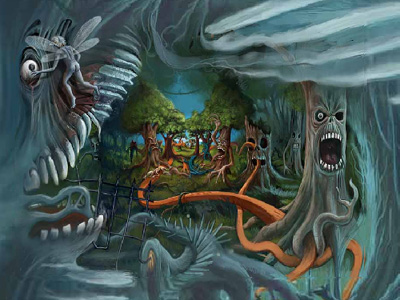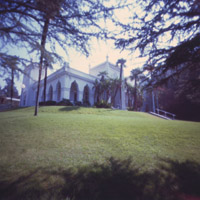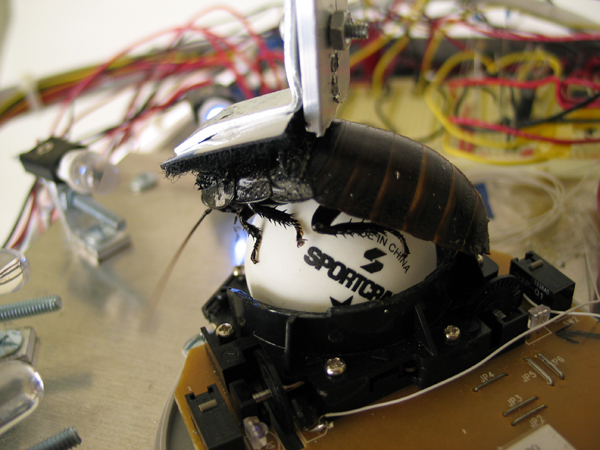Information processing and the wolf spider
May 4th, 2005If you didn’t know it already, the Internet is a pretty cool thing.
Two days ago, sitting in my office, I noticed a small wolf spider moving across the window sill, and then up the window.
Wolf spiders are hunters, rather than trappers. This particular spider had a characteristic
kind of motion which I had seen before. It moved in discrete jumps, about one every 1-2 seconds. Between jumps it would stay motionless. I had observed similar motion in other animals, such as lizards and rabbits, but had never given it much thought.
I began to wonder why the spider moved with this kind of motion. The most obvious reason that occured to me was that it was trying to keep still most of the time, to avoid triggering simple motion detection mechanisms in either the critters it was hunting, or the critters that were hunting it. Presumeably this would be a kind of behavior which might have evolved over time.
Other explanations occured to me as well. Perhaps this motion might be the result of the way the spider processes information: does the spider process information in discrete bursts punctuated by action? Or perhaps this motion was particularly energy efficient.
Now, if this were 20 years ago, I might have thought idly about this for a while and forgotten it.
I might have looked up wolf spiders in the world book encylopedia my parents had bought, and probably would have learned some interesting things, but wouldn’t have learned much about the answer to this particular question. If I remembered the next time I visited the public library, I might have looked it up, but I doubt I would have found much about this particular kind of movement in spiders.
But this wasn’t 20 years ago, so I went to a popular search engine you might have heard of and typed in
"wolf spider" predator movement
…and found a number of interesting papers on wolf spiders, including this one (abstract) co-authored by Dr. Sean Walker. This particular paper says that wolf spiders are sensitive to what their potential predators (other wolf spiders) have been eating and will modify their motion in the presence of other wolf spiders that have been fed a diet of wolf spiders, as opposed to crickets. Kinda cool, huh?
Since Dr. Walker’s name was on a few of the wolf spider related papers, I dropped him a note and asked
him about what might cause the curious wolf spider motion. I’ve generally found that scientists
are often willing to share information with other curiosity seekers, unlike corporate CEOs. I suppose it helps if your interest is in something as arcane as wolf spiders.
This is what Sean wrote back:
Hi Jim,
It could be a bit of both. Wolf Spiders are their own worst enemies so
moving in a saltatorial fashion would be a bit like being camouflaged since
they are spectacular motion detectors. They also tend to do this when
hunting so it might also make them more cryptic towards prey. So, it’s not
unreasonable to hypothesize that these movement patterns are adaptive. To
be honest, I can’t think of any good experimental evidence for this
hypothesis. However, it does make logical sense.If there is some kind of constraint in the way the animals are processing
information then this (I guess) could lead to saltatory movement. I do not
know if there is any evidence of this sort of thing in the literature.
However, this explanation does not exclude the other explanations since it
is proposing the mechanism behind the movement (so to speak) as opposed to
the adaptive value of it. It’s a really interesting idea.Hope that helps,
Cheers,
Sean
So, no, I didn’t really find a simple answer to my question, but emphatically yes,
the Internet is great! Not only did I learn some interesting things about what is
and isn’t known about wolf spiders, from a true expert in the field, within an hour of
raising an idle question, I also learned a new word: saltatorial, Of or relating to leaping or dancing, and apparently a term biologists use to describe leaping motions. Finally I learned that the true story, as always, is more complicated than the simple
models that the mind builds when trying to understand a complex subject.











